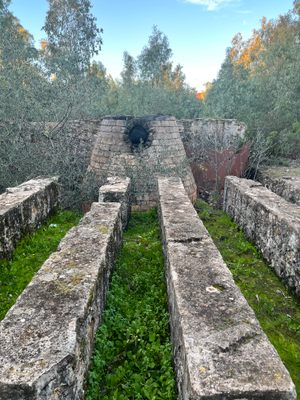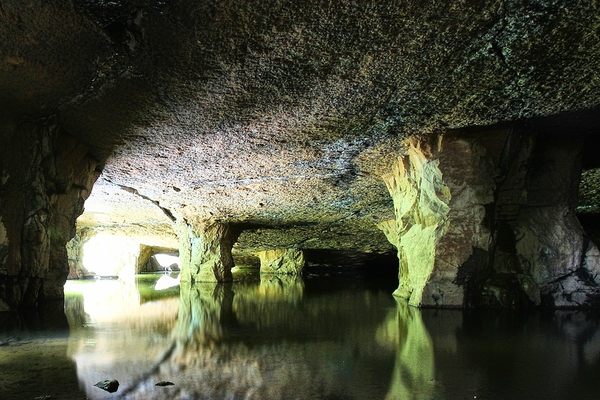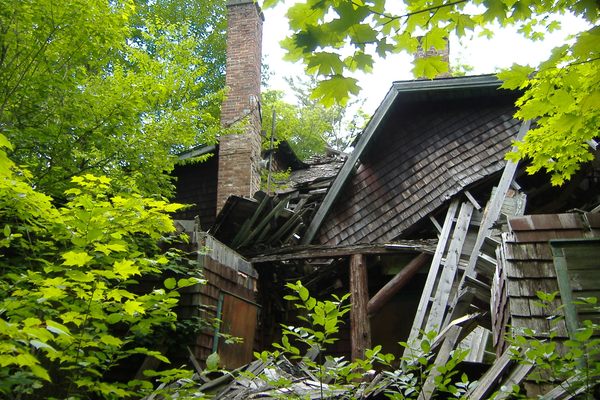About
With its derelict abandoned buildings, blood-red rivulets of water, and barren fields, a visit to the post-apocalyptic landscape of the abandoned São Domingo mine is a haunting experience.
Located in the Alentejo region of Portugal, the now-deserted mine was first used by the Phoenicians and the Romans. It was rediscovered in the 19th century and leased to the British mining operation that, keen to capitalize on the growing demand for copper, constructed an entire village near the mines, including houses, offices, sports facilities, a theater, a church, an electricity station, and a telephone exchange.
During its peak, it was one of the largest mining operations in Europe, employing thousands of workers. Most of the workers were Portuguese while managers were brought in from England and lived in a separate section of the village. Until World War I, copper was the main product, but it was replaced by sulphur when the use of sulphuric acid became more widespread.
The workers had to survive in hazardous conditions, and often developed health problems as a result of their constant exposure to the mine’s chemicals. By the 1960s, the mine’s resources were exhausted and it was no longer viable to run. It shut down in '66—the facilities were abandoned, leaving nothing but a ghost village with extremely polluted water and soil.
The pools of water are red from the iron and acidic from the chemical buildup over the years. Today the haunting landscape itself draws visitors, and the former managers’ houses have been converted into a hotel, while an old miner’s hut houses a small museum with some artifacts.
Related Tags
Know Before You Go
The location can be accessed freely at any time. There are ruins close to the village. The more impressive parts of the mine can be found more remotely and can be reached by a hike. Please consider that it can be really hot during the summer, so you'd better take enough water with you.
Portugal: A Culinary Adventure from Porto to Lisbon
Explore Portugal through food, from the cities to the seaside.
Book NowCommunity Contributors
Added By
Published
April 25, 2017














































